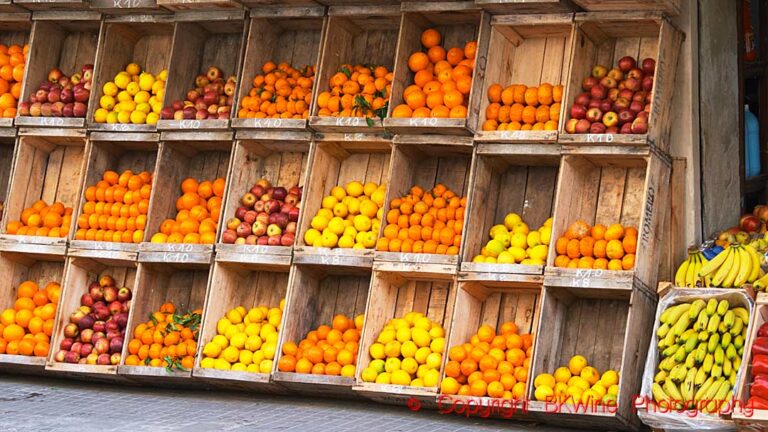

 The impossible and absurd objectivity
The impossible and absurd objectivity
No, it is impossible to judge wine after a neutral and objective quality scale. But first…
Is it important for the wine consumer if a wine has a “medal” in a wine competition? Some think it’s irrelevant. Another point of view that we often hear is “a medal! Then at least I know that some people thought this wine was good.”
If a medal sticker on the bottle is important or not varies widely from market to market. A report published recently by the American Association of Wine Economist concludes that a medal-winning wine can raise the price by an average of 13%.
I recently participated in the judging panel (the “jury”!) at one of the world’s biggest wine competitions. A pleasant form of jury duty. I was the only Swedish juror actually. The Concours Mondial de Bruxelles had nearly 10,000 competing wines this year, tasted and rated by 300 judges. It actually took place in Beijing!
There were, of course, many discussions about different things around wine. An interesting question that came up was “Can you judge a wine ‘objectively’ and ‘neutrally’, or is it always ‘subjective’?”
To me, it’s simple: there is no objective or neutral quality scale for wine. It is always about personal preferences, tastes, likes and dislikes. I am often surprised at how many people do not agree with me.
Many say “I can put my personal preferences aside and assess the quality objectively.” But I do not understand how that can be possible.
For example, we had a flight of wines where many had a lot of oak barrel character. I’m not very fond of lots of oak, so those wines got quite low marks from me. How else could it be? Should I be able to judge if the oak is “skilfully managed” even if I think it’s too dominant and gives an imbalance to the wine? How much oak is “an appropriate level” of oak? Surely, everyone must agree that a wine can have too much oak, but how much is too much? So, how much oak, and what style of oak that is good is always personal.
Another example: Wines with some oxidized character (think of old, very ripe winter apples). I think it can often give an interesting edge to the wine. Say, for example, Jura wines, sherry, many skin-macerated whites, etc. But from an “objective” point of view, one can consider it a defect. Who is right? (And let’s not get into natural wines again…)
This is a discussion one often gets entangled in when you taste with technically educated oenologists. They tend to assess the wines purely on technical parameters. Does the wine have any hint of defects? Is the wine “clean” and technically well-made? For sure, you can score based on such an angle, but it can result in high marks for wines that have no personality and are quite boring. But faultless. Of course, it is important if the wine is technically more or less correct or has obvious defects, but this does not say much about the actual wine-drinking experience, the pleasure.
No, all quality assessment of wines is subjective, based on the taster’s own preferences, what the wine taster / writer / wine judge likes and dislikes. Just like, for example, music, food, architecture, movies, books and so on. Who would get the idea that literary fiction can be evaluated and measured “objectively”?
And it was exactly that that the medal (or the high score) was about. “At least, some people thought that this wine was good!”
Finally:
Take a look at the autumn (and winter) wine tours. It is high time to book a trip this fall now. Some are already fully booked. Right now, for example, is the last chance to join our South Africa tour in November (with whales!). There is a lot to choose from! Take a look at the programs and book now!
Britt & Per
PS: Recommend to your friends to read the Brief !
[box type=”note” size=”large” style=”rounded” border=”full”]This is just the introduction to the latest issue of the Brief. Subscribe to the BKWine Brief and you will get the whole edition in your mailbox next month.[/box]








